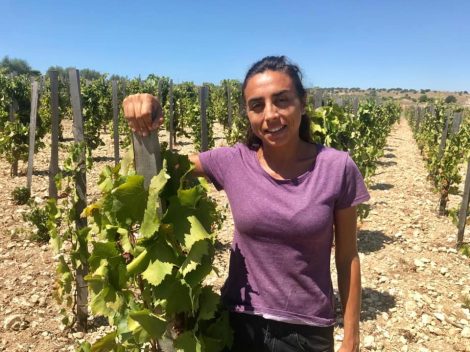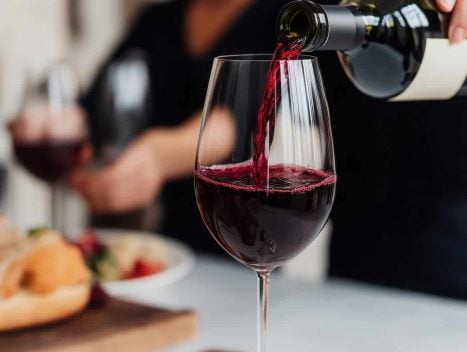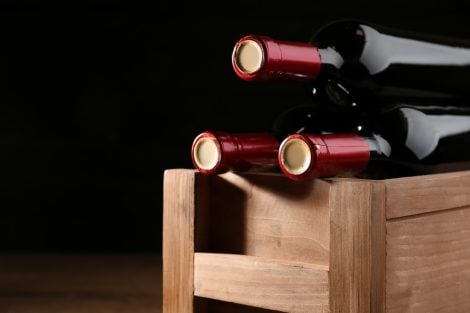A tradition closely linked to Austrian and German cuisine, which puts grains and cured meats as its trademarks, and which makes Trentino a unique place: the cuisine here is a mix of unmistakable flavours and aromas, a succession of spicy and smoked scents which enrich many of the local specialties. Equally tasty and original is the table of South Tyrol, the gateway to the Dolomites that compensates for its harsh climate with a generous gastronomy on both the sweet and savoury front. Here are the typical products of the area.
The typical products of Trentino Alto Adige
Basin de Trent
A 16th-century specialty much loved by the local aristocracy, who ate these cookies during the holiday period at the end of the meal. These are sweets made with almonds––chopped or made into a dough––with a filling of coriander, egg whites, sugar, flour, cinnamon, vanilla and chocolate.
Batwurst
Beef or veal sausages based that are generally cooked on the grill, or poached in broth or in beer.
Biscotti Nostrani di Storo
Yellow flour from Storo, usually used for polenta, is also suitable for sweet preparations. Like the "Nostrani" biscuits from Storo, made with yellow flour, 00 flour, egg yolks, butter, icing sugar, cinnamon and a pinch of salt. In some versions there is also a hint of rum.
Blutnudeln
Present both in Bolzano and in the Val Pusteria valley, blutnudeln are a sort of tagliatelle about 1 centimeter in width, cooked in abundant salted water and served with butter, sage and graukäse, a typical Tyrolean cheese. Also known as "pasta al sangue", (blood) they were distinguished in the past by the addition of pig’s blood into the mixture of rye flour, wheat and eggs.
Brezel
Often associated with German cuisine, brezel is actually an Alsatian bread enjoyed by all Germanic countries and South Tyrol. Initially eaten half raw, only in recent times were these bread crackers toasted, thanks to the error of a baker who fell asleep during his shift, thus burning them.
Alpine butter
This is a by-product of heavy cream (or double cream) that naturally separates during production. Its characteristics include an intense yellow colour, due to what the cows graze in the fields, and for the quality of the fat component, which has a greater quantity of Omega3 and Omega6 fatty acids.
Canederli
Dumplings made of stale bread, flour, eggs, speck, parsley and parmigiano, also known by the German name knödel canederli are present in almost all of Northern Italy, from Friuli Venezia Giulia to the Lombardy and Veneto Alps. There are many variations, each with different ingredients and proportions. Always in the dough are alpine herbs, some form of pork, local cheese, plus mushrooms and broths that add flavour. What makes all the difference, however, is the simple dressing of breadcrumbs browned in butter.
Carne fumada di Siror
Specialty made from a boneless, smoked beef leg that's aged for at least a month. It's generally eaten raw as an appetizer.
Fontal
Typical cheese, but of recent origin, that's also shared with Piedmont and Lombardy. It's similar to fontina and emmental (the name, in fact, derives from the contraction of the two terms), Fontal is produced with Alpine cow's milk and matures for 30 to 60 days. The cheese is soft and compact and straw-yellow in colour.
Buckwheat grumi
In high altitude mountain areas, buckwheat is very commonly used: with this gluten-free flour, it can be made in different shapes, but the most traditional are the grumi (lumps), i.e. small pieces of pasta similar to couscous, usually used for soups and broths.
Leberwust
Soft sausage made from liver, that's typical of the German tradition. It's produced from fresh pork, pre-cooked and ground together with the liver, and then eaten fresh. There is also a smoked version, which can instead be aged and preserved.
Lebkuchen
They are the typical spiced sweets typical of the Christmas markets, baked in various shapes (stars, hearts, crescents) and are often decorated with greetings. The original recipe includes flour, marzipan, dried fruit, honey, eggs, sugar, candied citrus and a mix of spices (cinnamon, anise, ginger, allspice, cloves, nutmeg).
Luganega trentina
Medium grain ground pork sausage, seasoned with garlic, salt and pepper, closed in a natural casing and then aged. In some cases, it can also be smoked and flavoured with juniper berries.
Ladin bread
In dialect it's called puces de siara and it's the typical Ladin rye bread, one of the most common grains in the area, used for many traditional bread recipes.
Rufioi
Once typical of festive meals, these square eggy dough tortelli are stuffed with all the best of the local production: cabbage, leek, cinnamon and Trentino-style cheese. The cooked pasta is then dressed with butter and parmigiano. Another similar ravioli-type specialty of the area is kropen, stuffed with sauerkraut and rice.
Sauerkraut
Sauerkraut is widespread in all countries that have undergone Germanic influence: fermented cabbage slices, usually used as a side dish for sausages.
Schnalser-nudeln
This is a typical pasta of the Val Senales made from rye flour: the thinly rolled spaghetti is made from a very hard dough consisting of flour, ricotta, water and/or eggs and salt, passed through a special dye, similar to the Venetian bigolaro.
Schlutzkrapfen
Also called ravioli atesini or roffioi, schultzkrapfen are one of the symbolic pasta shapes of South Tyrol: crescents of dough made with rye and wheat flour, eggs, olive oil and water, stuffed with spinach, ricotta and potatoes in winter, or poppy seeds and chives in spring.
Smacafam
Stuffed with lard, luganega paste and fresh luganega, this soft rustic pie is widespread in all areas of the region. Smacafam (a word that literally means "hunger-crusher") is consumed as a single meal, initially enjoyed during Carnevale or to satisfy the belly and palate of the faithful after the period of Lent fasting. Today it's available throughout the year and is often paired with local cheeses and meats, but it can also be enjoyed as is.
Spätzle
The famous little hand rolled gnocchi from Lower Germany are also widespread in Switzerland, France, Tyrol and Trentino. They are made with a mixture of wheat flour, buckwheat, water and eggs (to which, sometimes, milk is also added), which is dropped into broth or salt water through a special tool similar to a flat grater, which gives the typical shape to the dumpling. There is also a green version made with spinach––hence the name, spinatspäztle––traditionally dressed with butter, cheese and speck, formerly prepared with wild spinach and wild herbs.
Speck
The most representative cured pork product of the area, this is a specialty obtained from a salted pork leg that is initially cured with flavourings, and then finally smoked. Speck also enjoys Igp appellation. This delicacy was originally created as a way to preserve pork, and later became an integral part of local cuisine.
Stanitzeln
Simple sweets made with flour, eggs and icing sugar, traditionally served with a generous dose of whipped cream on top, accompanied by a sweet wine or a liqueur to end the meal.
Stelle di neve - snow stars
Also known by the name of zimtsterne, these biscuits are consumed throughout central Europe and are always enjoyed at Christmas markets together with lebkuchen. These are prepared with almonds, egg whites, icing sugar, lemon juice, cinnamon and a pinch of salt.
Strudel di mele
Thin roll of pastry dough stuffed with apples, raisins, pine nuts and cinnamon. This is ideal for a snack or even as dessert at the end of the meal, paired to a good glass of vin brulé, pastry cream or gelato.
Tirtlan
This is a product that originated in the Val Pusteria. It consists of a sheet of rye flour pasta dough filled with ricotta, spinach, potatoes or sauerkraut. The thin pasta shell is fried in hot oil or lard, although today it's equally common to find it baked in the oven as well.
Vin brulé
Ancient recipe based on hot red wine, spices and citrus, usually enjoyed during the Christmas holidays (to find out more, read our History of mulled wine). It cn always be found at Christmas markets, paired with both sweet biscuits and savoury sausages.
by Michela Becchi

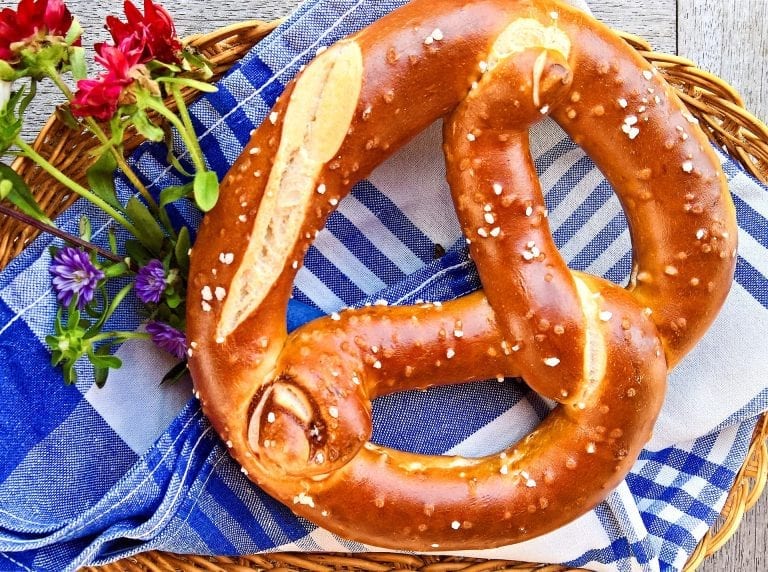
 Fewer bottles, more by-the-glass: how to build the wine list of the future
Fewer bottles, more by-the-glass: how to build the wine list of the future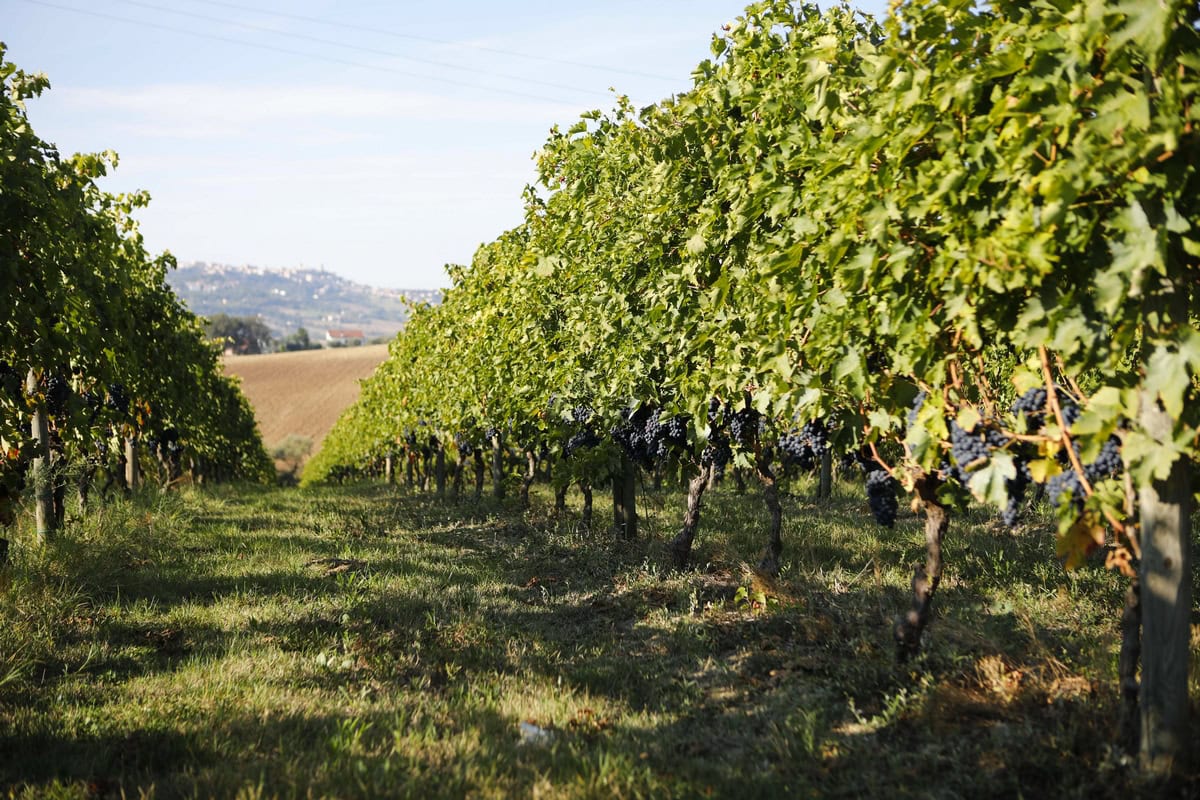 The Moncaro collapse impacts Marche wines. But average price rises
The Moncaro collapse impacts Marche wines. But average price rises Trump’s first trade war cost Americans $27 billion. USDA analysis
Trump’s first trade war cost Americans $27 billion. USDA analysis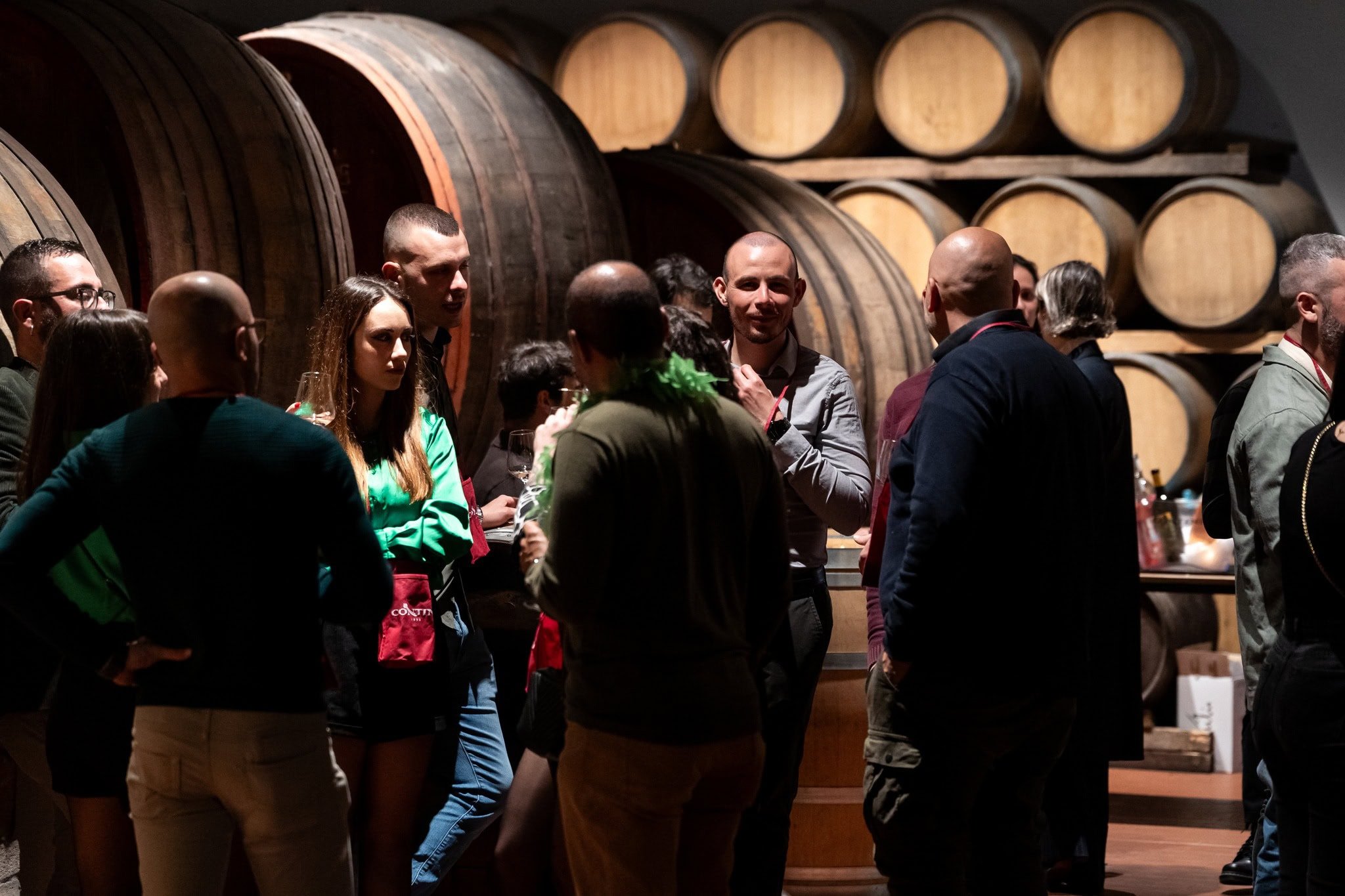 Here are ten Rare Wines you absolutely must try
Here are ten Rare Wines you absolutely must try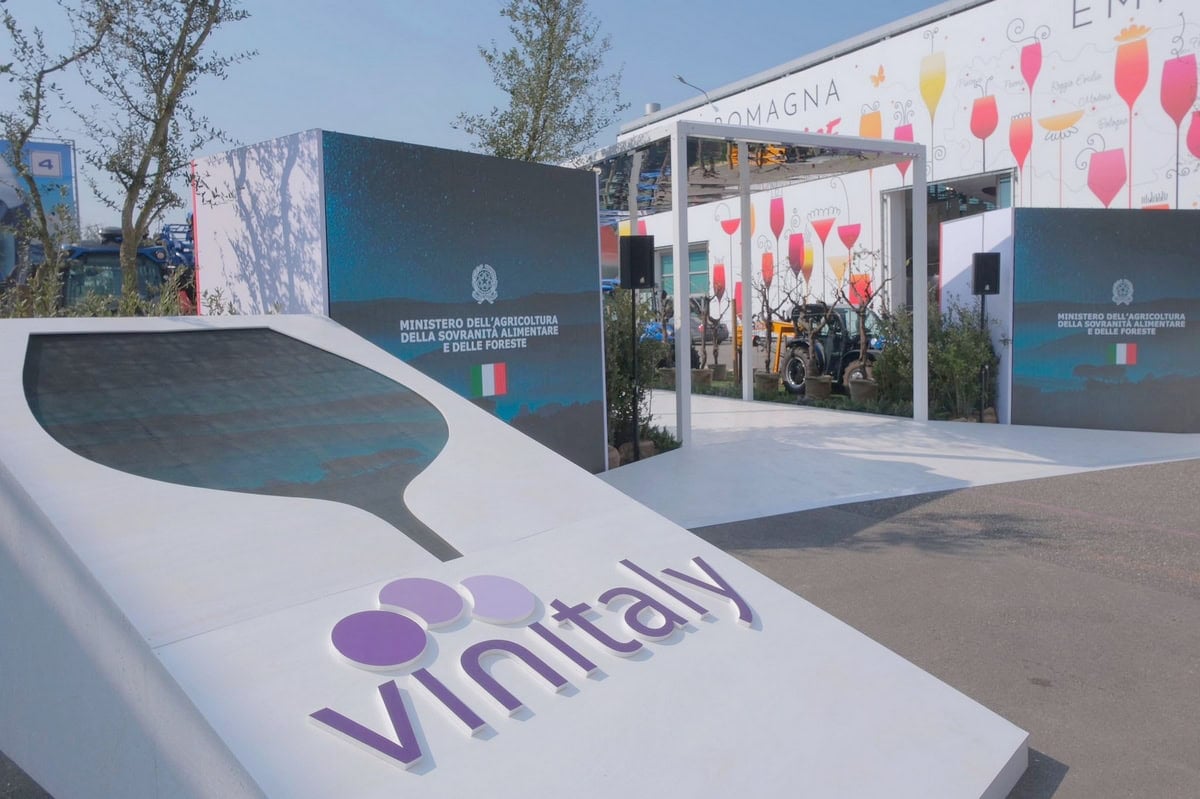 The “Tariff Vinitaly” closes with 97,000 attendees: one third from abroad. See you on 12 April 2026
The “Tariff Vinitaly” closes with 97,000 attendees: one third from abroad. See you on 12 April 2026


